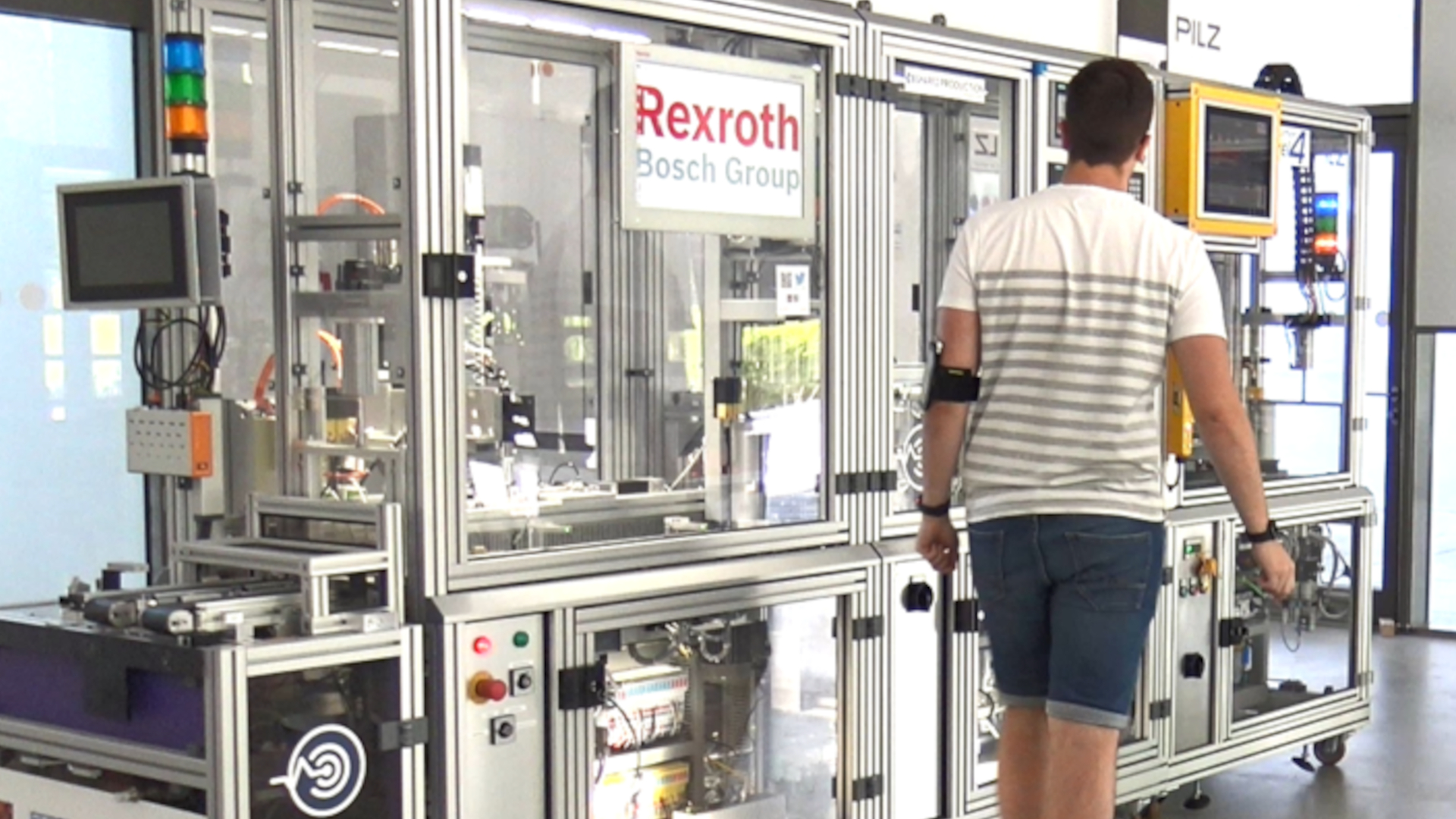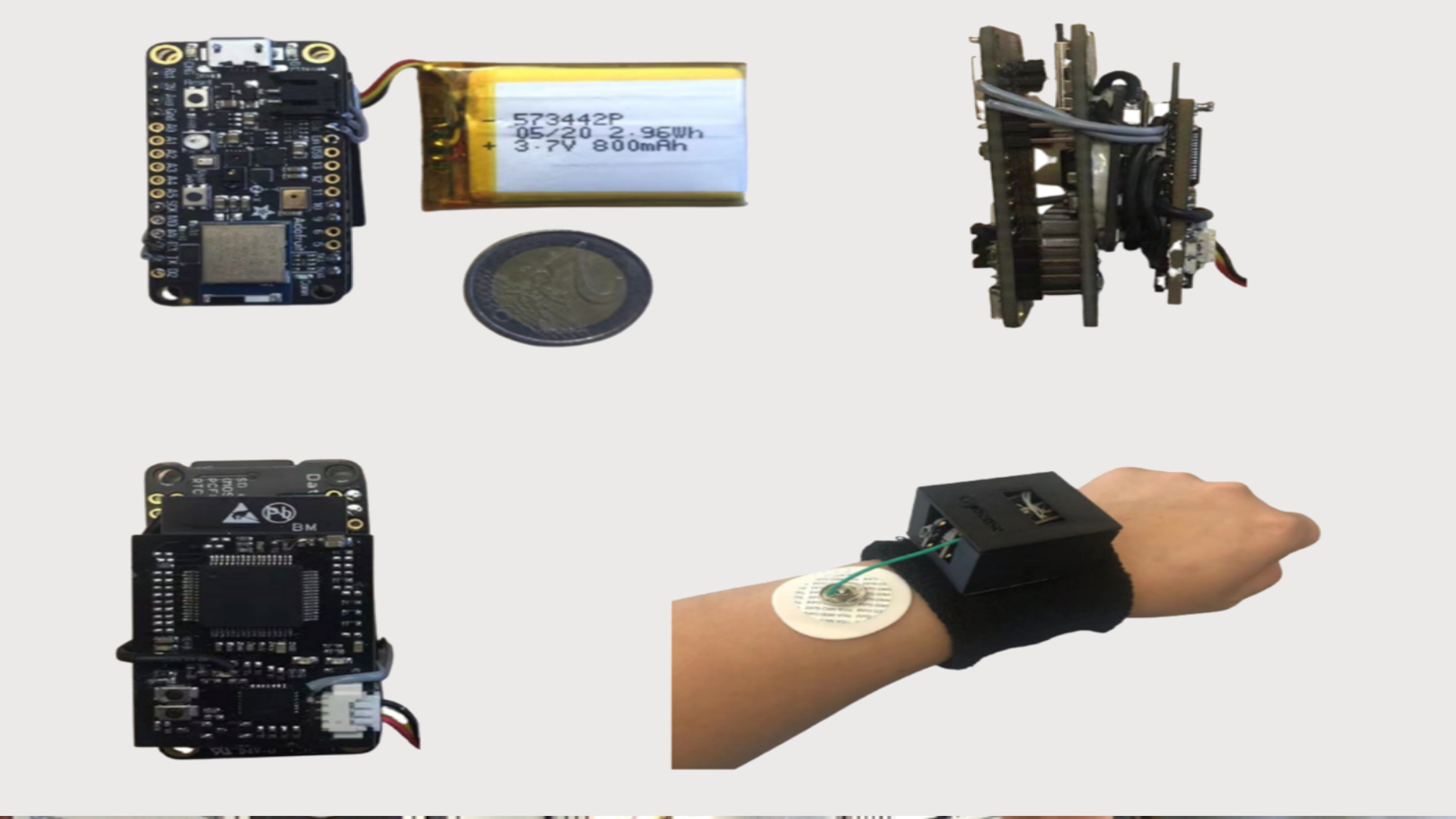
Technology
The Human Digital Twin Core Infrastructure is divided into three main technological layers (Sensor Layer, Middleware and Digital Twin Architecture) and consists of different components: Agents and Gateways that enable data collection from workers and operational units; IIoT Middleware that supports M2M connectivity and data flows; Data Storage and Time Series Data Storage that support the storage of data flowing to the IIoT Middleware as time series or (quasi-)static data; Orchestrator that is responsible for the management of all the entities in the HDT; Administration Shell that enables the management and configuration of the HDT; GUI which recaps and offers a nice and understandable way to visualize the data flowing in the HDT; Functional Modules (Digital Twin Core - Data processing, analysis and decision modules) aimed at recognizing human states and conditions and computing complex features that enable human and machine decision makers to take human factors into account in their execution and control logics.
Organisation
SUPSI offers more than 30 bachelor's and master’s degree courses, characterized by cutting edge education which merges classical theoretical-scientific instruction with practical orientation. Great focus is given to research, carried out in key domains for EU competitiveness, and funded on acquired projects within European or National frameworks. Within SUPSI, the Institute of System and Technologies for Sustainable Production (ISTePS) will participate to the project. The mission of the Institute is the innovation of products, manufacturing processes and business models in order to accompany companies in facing the challenges of globalization under the economic, environmental and social aspects. The fulfilment of the mission is achieved through the development of human capital and the innovation of production systems and technologies by means of education activities at bachelor, master and employment levels, as well as through research, development and technology transfer activities with reference to the life cycle of products and industrial processes, in the fields of design, automation and management of production systems and the relative value chains. Key research areas are: Sustainability and Personalization; Human in the Loop; Simulation Technologies; Automation and Control.

